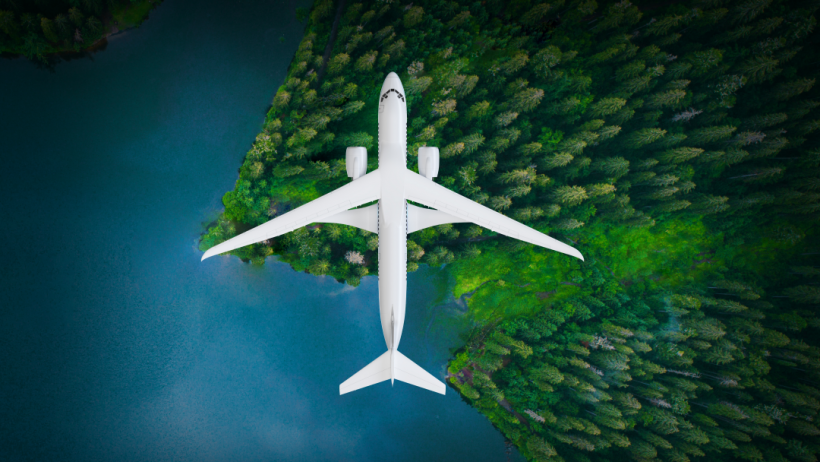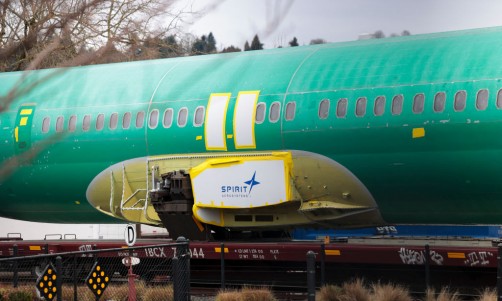NASA is taking the US into its first few steps toward sustainable air travel.
The space agency recently revealed the name of its experimental X-plane it designed with Boeing through its Sustainable Flight Demonstrator project, which could help shape and change the future of aviation.
NASA's latest experimental X-plane is the first of its kind to help the US achieve its net-zero goal for aviation greenhouse gas emissions, as stated in the White House's 2021 US Aviation Climate Action Plan, per Space.com.
NASA X-66A Details, Features

A bird-eye view of NASA's experimental X-plane named the X-66A.
NASA mentioned in a blog post that the US Air Force designated the experimental X-plane it designed with Boeing as the X-66A, a plane that could potentially start the age of sustainable single-aisle aircraft - the standard airplane passenger airliners worldwide use.
The space agency mentioned that single-aisle aircraft account for nearly half of the world's aviation emissions, necessitating more sustainable and eco-friendly technologies to reduce humanity's carbon footprint while we're traveling in the air. That's where the X-66A comes in.
The space agency mentioned that the Air Force provided the designation for the X-66A for an aircraft in recognition and validation of its Transonic Truss-Braced Wing configuration. NASA said that the configuration could reduce fuel consumption and emissions by 30% when combined with other advancements in propulsion systems when compared to current "best-in-class" aircraft.
Planes under the X-plane designation, usually reserved for research aircraft, should test novel designs and new technologies that are integrable into other aircraft rather than planes designed to be prototypes for full production. Thankfully, NASA And Boeing's X-66A satisfy the Air Force's requirements for such a designation thanks to the tech it features.
Read More: Nintendo Releases Power-Up Edition of the Super Mario Bros. Movie
Sadly, NASA didn't provide a list of which advancements it referred to.
Regardless, NASA Administrator said that the X-66A will help shape the future of aviation and that it would help introduce a new era where aircraft are greener, cleaner, quieter, and "capable of creating new possibilities for the flying public and American industry alike."
"At NASA, our eyes are not just focused on stars but also fixated on the sky. The Sustainable Flight Demonstrator builds on NASA's world-leading efforts in aeronautics and climate," Nelson said.
Todd Citron, Boeing's chief technology officer, said that the things they learned in designing the X-66A would help them shape the future of flight, along with contributing to the decarbonization of aerospace.
How Will NASA and Boeing Create The X-66A?
NASA mentioned that it would collaborate with Boeing to modify an MD-90 aircraft to create the X-66A in real life. For those unaware, the MD-90 is a retired advanced midsized, medium-range airliner that first entered into service in April 1995 and had its last flight in June 2020, when the last of its model landed at Hartsfield-Jackson Atlanta International Airport, per Boeing and Simple Flying.
The MD-90 NASA and Boeing will modify will have its fuselage shortened and its wings and engines replaced. The resulting aircraft will have long, thin wings with engines mounted underneath and a set of aerodynamic trusses for support.
This wing design is known as a Transonic Truss-Braced Wing.
It is unknown when the first real-life X-66A will take flight for the first time; NASA has yet to reveal that information to the public yet.
Related Article: Boeing, NASA Indefinitely Delays First Crewed Starliner Launch










